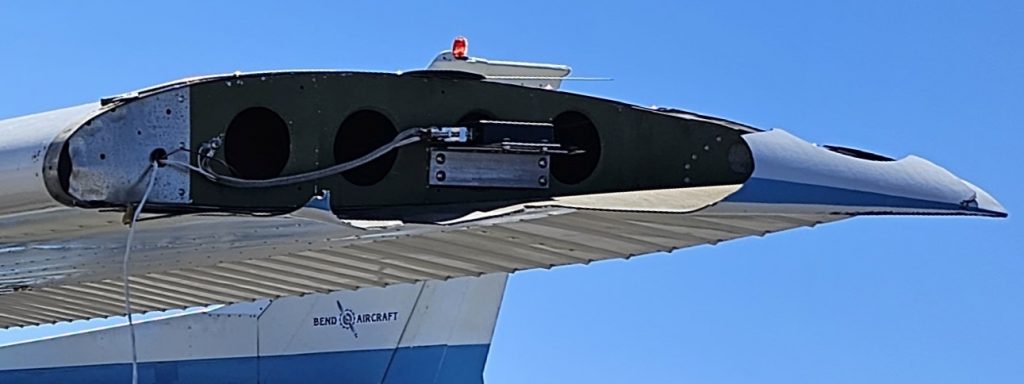This is another topic that appears on many forums with a lot of poor assumptions being made by both pilots and instructors (but with very little in the way of facts, research or references) to back up an assertion that if one is working, but the other is not, it is still legal to fly the airplane.
Unfortunately, what contributes to the continued assumptions is that the answer isn’t as clear or obvious as it could be, since § 91.205(b) (a.k.a. ATOMATOFLAMES) uses the phrase “an approved aviation red or aviation white anticollision light system“. The generalized word “system” and the conditional word “or” leave room to the casual reader to believe having one is good enough. In addition, when referring to a copy of a C172 POH under Section 6 “Weight & Balance / Equipment List” it lists both the Flashing Beacon and the Wing Tip Strobe Light with a “-S” suffix for “Standard Equipment and not with a “-R” for “Required Equipment”. However, it should be immediately obvious that there is no way the FAA would allow airplanes to fly if those safety lights were not working.
Larger, commercial airplanes would typically use an MEL (Minimum Equipment List) that could provide relief usually through the use of a backup system, but an MEL is not typical for General Aviation aircraft – although it could be if one was approved by a local FSDO.

Like many appliances installed on airplanes, the lack of a functioning beacon or strobe light will not cause the airplane to fall out of the sky, but we don’t yet have a clear answer even though we’ve looked in the two places where we would expect to find one.
To find clarity on this we need to start searching other official sources and when we do we should eventually land upon a Letter Of Interpretation issued by the FAA on this very topic when in 2010 someone asked this very question of the FAA. Known as the “Murphy 2011 L.O.I.” it addresses two questions that were asked, with one specifically about whether if an airplane that is equipped with both types of lights, one working and the other isn’t, would it still be legal to fly?
The FAA Letter Of Interpretation discusses the intent of the regulations for both the requirement for the equipment as part of the certification of the airplane as well as the need for both to be operational by writing, “Because the strobe light and the rotating beacon are both approved anticollision lights, under § 23.1401 ( a)(l ), they are part of the same anticollision system.” and further stating, “Moreover, because section 91.209(b) does not contain an exception for alternative sources of anticollision lighting, turning on the anticollision beacon would not relieve a pilot from the requirement to turn on the anticollision strobe lights.“
No one enjoys scrubbing a flight over something relatively small like a missing compass correction card, inoperative NAV light at night or one defective strobe, but we need to remember the intent of these regulations are for the safety of flight and were, more often than not, written in the blood of those who flew before us.
